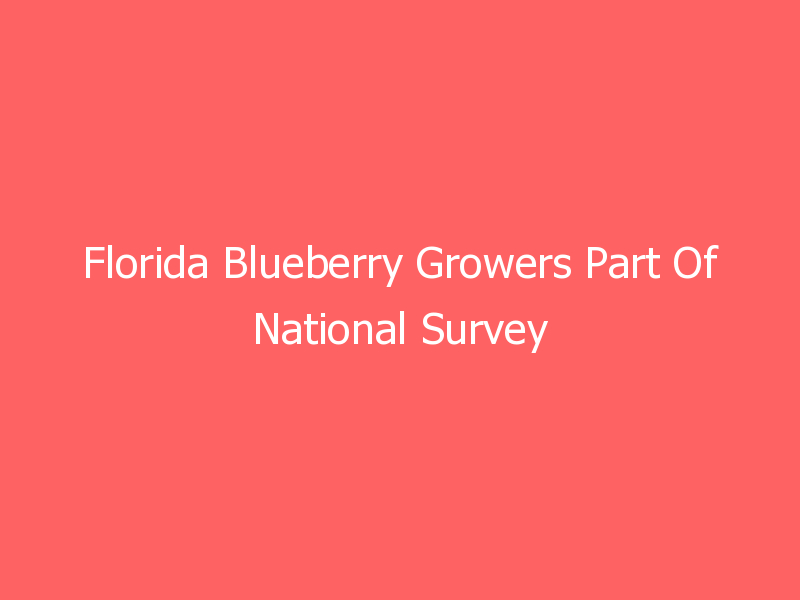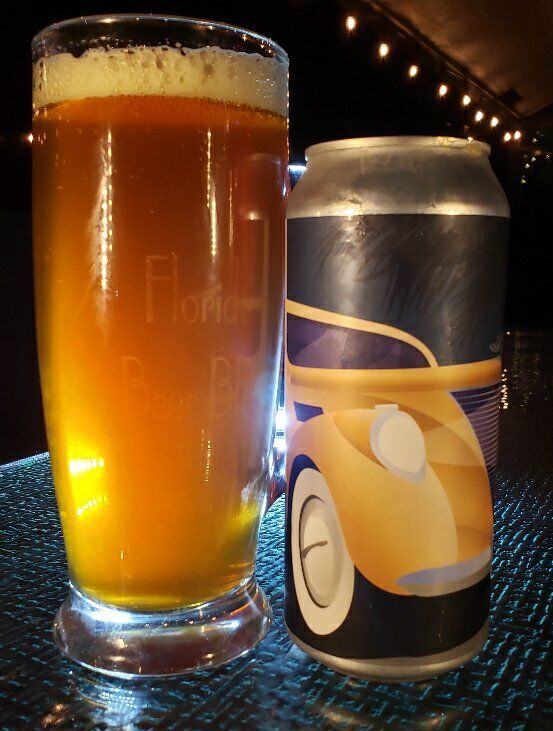It’s National Blueberry Month, a time to savor the fruit’s flavor, reap its health benefits — including fiber and vitamins C and K — and appreciate how it grows. For example, most blueberry farmers use pollinators, such as bees, to help their plants blossom.
A national group of scientists that includes University of Florida researcher Rachel Mallinger aims to find out more about how growers employ pollinators to boost their yields for the state’s $60 million-a-year industry.
In fact, this summer, Mallinger is surveying Florida blueberry farmers to see how they utilize pollinators.
“Pollination is extremely important for blueberries as little to no fruit forms without it,” said Mallinger, a UF/IFAS assistant professor of entomology. “While there are different ways plants can be pollinated — including wind, animals and gravity — blueberries depend greatly on insects, primarily bees, for pollination. Research has shown that when you exclude insect pollinators, yields are very, very low.”
Mallinger is an investigator on a $2 million, U.S. Department of Agriculture project. With the grant, led by Michigan State University — with help from UF/IFAS, Washington State University and Oregon State University — researchers will gather blueberry farmers’ responses to a questionnaire about pollinators.
Results from the survey will help scientists give growers guidelines as to which pollinators to use — for example honeybees, bumble bees or both – and how many to use, Mallinger said.
Here’s a little bit on how to tell these types of bees apart: Bumble bees are rounder and hairier than honeybees. They have black hairs with one or more bands of white, yellow or orange hairs. Honeybees are slender. They’re not as hairy and have orange and gray coloration. There are multiple species of bumble bees. But in general, roundness and hairiness are good differentiating features.
“Right now, we think growers make their decisions based on trial and error and their own past experiences, as well as on the experiences of other growers they know,” she said. “We expect farmers will report significant pollination problems, but that this may vary across cultivars, with some cultivars more frequently getting poor pollination.”
Through the survey, Mallinger hopes to find out:
How farmers utilize pollinators.How satisfied they are with their pollinators.Barriers to successful pollination.The economics of blueberry pollination.
There is no current deadline for farmers to complete and turn in the survey.
“We will use survey results to track change during our project, then we will give information and recommendations to growers,” Mallinger said.
In recent years, Doug Phillips, the UF/IFAS blueberry Extension coordinator, has surveyed farmers at the end of each growing season and included a few questions about pollination. His survey focuses on all aspects of management. But this is the first such survey specifically about pollinators, Mallinger said.
“I am not aware of any recent nationwide surveys, other than ours, though it’s certainly possible that individual states have surveyed growers,” she said.
In Florida, all commercial blueberry growers use managed pollinators to some degree, but they face barriers, Mallinger said.
“There’s insufficient information on what density (how many pollinators) to use and whether to use just honeybees (which is traditional) or combine them with newer commercial pollinators, including managed bumble bees,” she said. “Furthermore, growers don’t have good ways to assess the quality of the hives they rent or purchase, and one of our research goals is to identify a simple protocol they can use to ensure they are receiving quality bees.”
UF/IFAS Develops Blueberry Cultivar Selection Tool For Florida Growers
Support journalism by clicking here to our gofundme or sign up for our free newsletter by clicking here
Android Users, Click Here To Download The Free Press App And Never Miss A Story. It’s Free And Coming To Apple Users Soon.
Originally found on Read More







